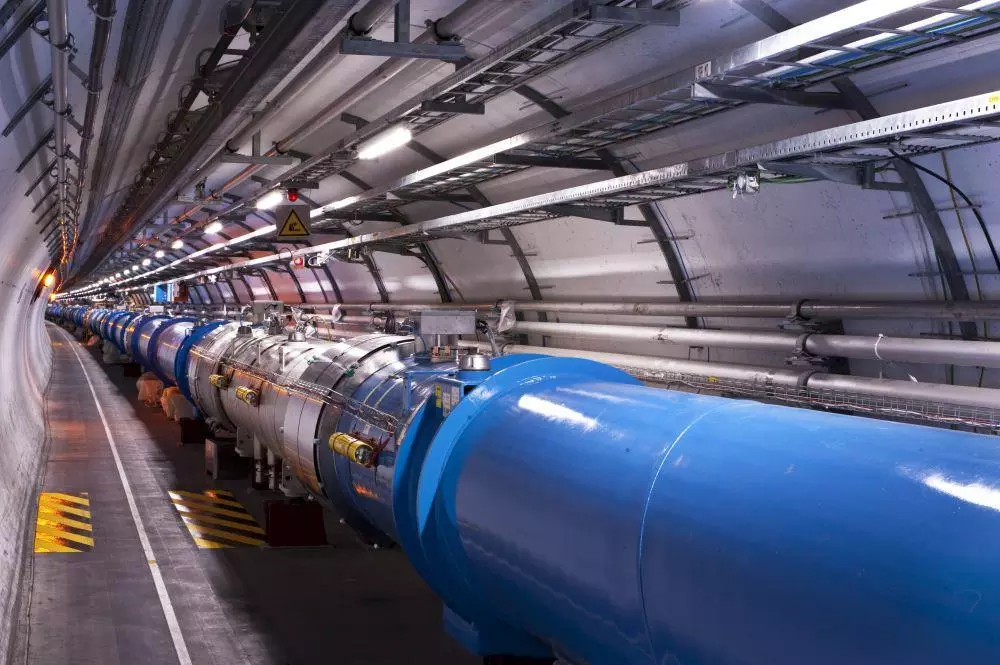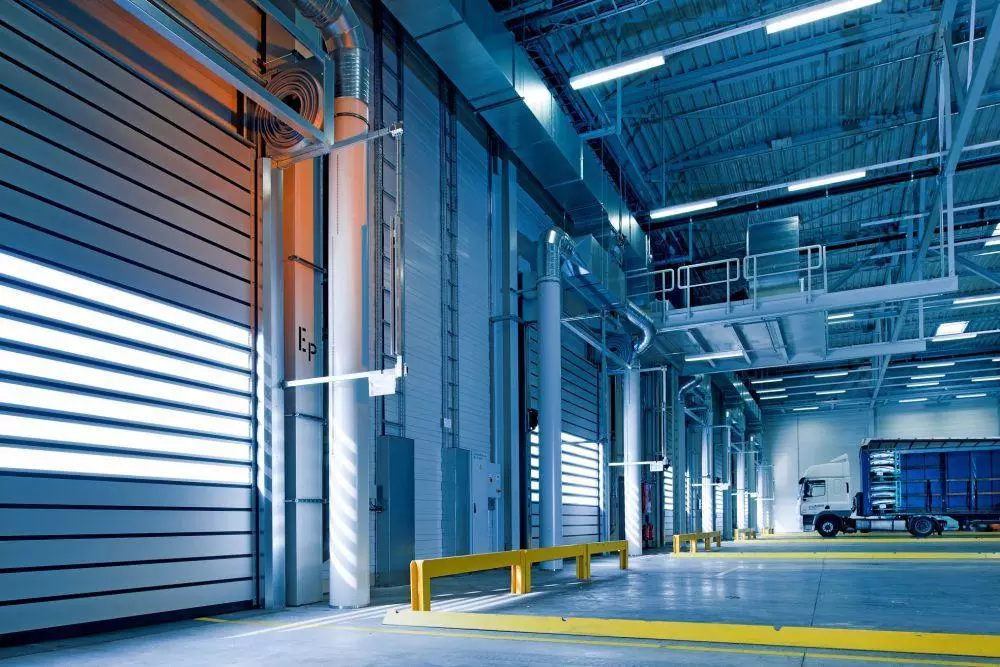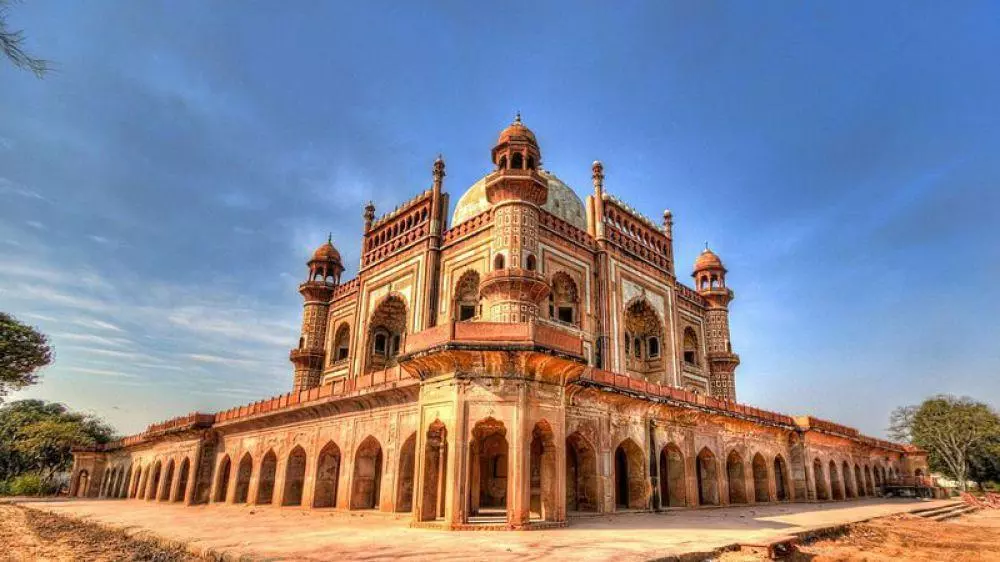
Steel’s standout performance is even more notable in the context of a larger industrial slowdown. The index of industrial production (IIP) has averaged an even worse growth than ICI at 1.4% in the April-July 2017 period. Value added by the industrial economy is also equally bad, thanks to the cumulative effect of short-term factors like demonetisation and GST implementation as well as lack of conducive enough conditions to lift up industrial growth in the medium to long-term.
It is not like steel has always had it good. Far from it. The rolling 12-month average growth at the same time last year, was a minuscule 1.8%. So how has steel witnessed the turnaround?
The growth is at least partly a statistically driven on account of a low base effect. However, that does not completely take away from the fundamentals. On average over 8.2 million tonnes of steel have been produced every month over the past year, which is higher than the 7.6 mt average for the past 5 years. This suggests there is some outperformance on account of genuine reasons.
China’s decision to cut back on the production of cheap steel starting in 2016 means more demand for India’s steel products. Added to this is the fact that there have been government measures to protect the steel sector. For instance, India has recently imposed additional import taxes on steel flats from China.

Protecting the steel sector has a larger strategic implication for the Indian economy at present. The banking sector is dealing with uncomfortable levels of non-performing assets, of which 30% belong to the steel sector. Companies like Essar Steel, Bhushan Steel and Monnet Ispat have all found a place among the corporate defaulters’ list. Fast paced expansion plans of companies and lack of astute risk analysis by banks during the boom years of the 2000s led to doling out of generous loans, which the companies’ are now unable to repay.
While Bhushan Steel and Essar Steel have now been referred to the National Company Law Tribunal for insolvency proceedings, a push up in demand would help other players in the Indian steel sector. At a time when NPAs are blocking overall credit growth – hitting small and medium-sized enterprises the most, resolution to the steel sector’s problems either through writeoffs, reclaiming of bad debt from insolvent companies or potential for loan payoffs as the sector comes back to health, can be a crucial step forward in getting the economic engine back on track.
The twin factors of China’s production cutbacks and the consequent spike in steel prices could well be sustained over the longer term, proving to be a boon to India’s steel exporting companies as they are able to expand their markets as well as the steel sector as such, since domestic demand is rising. However, companies that have been importing steel from China in order to produce their finished products, are at the other end of the spectrum, which has seen a sharp rise in prices without a commensurate increase in demand. For now, however, some good news is a welcome development for the challenged sector.






Leave your comments
Post comment as a guest